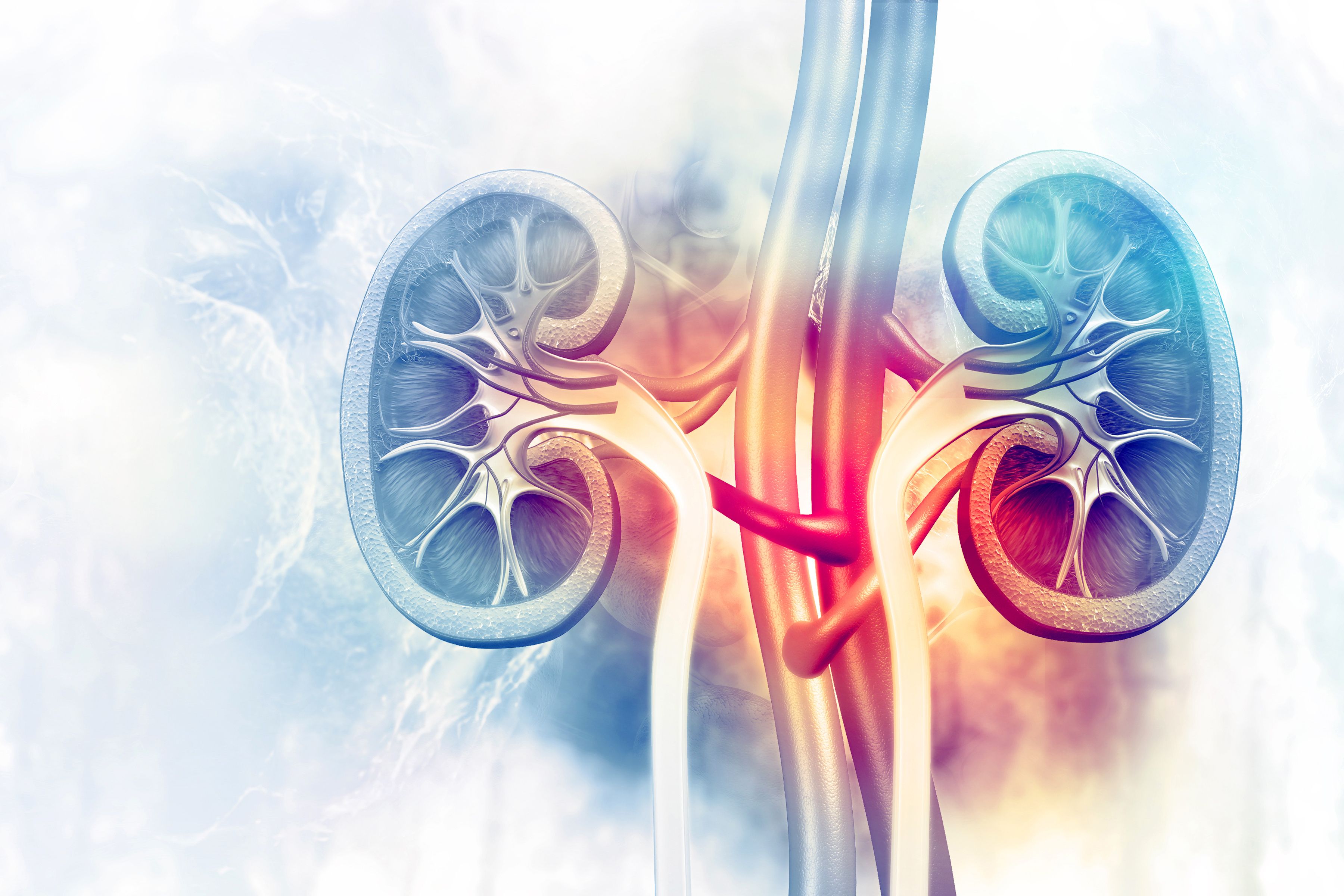Article
Improved Air Pollution Levels Linked With Less Renal Function Decline During COVID-19 Pandemic
Author(s):
A retrospective cohort study found that a drop in events signaling renal function decline during the COVID-19 pandemic could be associated with a decrease in fine particulate matter concentration.
Approximately 99% of the global population breathes in air with pollutant levels that exceed World Health Organization air quality limits. Several diseases are caused or exacerbated by the inhalation of fine particulate matter (PM2.5), including chronic kidney disease (CKD), which has increased in cases and mortality in the past 10 years. A study published in the Journal of Multidisciplinary Healthcare found that there may be an association between the decline in renal failure and the decline in PM2.5 inhalation during the COVID-19 pandemic.
The study included patients with pre–end-stage renal disease (pre-ESRD) in Taiwan, who had stage 5 CKD, were not undergoing dialysis, and presented to the hospital in 2019 and 2020. The study excluded patients who were 20 years or younger; did not have a residential address; were enrolled in the pre-ESRD program before January 1, 2019, or after December 31, 2020; were not resident in Taichung City, Changhua County, or Nantou County; or did not have glomerular filtration rate (eGFR) records. All patients were separated into 2 groups based on presentation year, either 2019 or 2020
There were 1482 patients who were included in the study, with 758 in the 2019 group and 724 in the 2020 group. The overall mean (SD) age of the population was 69.4 (14.3) years; 50.4% and 51.2% of the participants in the 2019 and 2020 groups, respectively, were men; and the mean (SD) eGFR was 10.4 (3.8) mL/min/1.73 m2.
In the study area, the mean (SD) concentrations of PM2.5 in 2019 and 2020 were 17.36 (1.63) mg/m3 and 14.32 (1.34) mg/m3, respectively, which means the PM2.5 concentration decreased by 17.5% between the 2 years. There were 20.56 (7.07) days in 2019 with a PM2.5 concentration more than 35 mg/m3 compared with 11.25 (3.96) such days in 2020, which corresponds to a 45% decrease between the 2 years.
There were 259 (17.5%) patients who started regular dialysis during the study period; 4.5% of patients saw a decline in eGFR of 5 mL/min/1.73 m2 in 6 months and 20.6% patients saw a decline in eGFR after 12 months. The mean (SD) eGFR decline was 0.41 (0.14) mL/min/1.73 m2 in the 2019 group and 0.30 (0.11) mL/min/1.73 m2 in the 2020 group.
The incidence of eGFR decline—indicating kidney function decline—in 6 months was 6.1% in the 2019 group and 2.9% in the 2020 group when the event of decline was defined as a decrease of at least 5 mL/min/1.73 m2. The incidence of eGFR decline in 12 months was 24.6% in the 2019 group and 16.3% in the 2020 group. The proportion of patients who began dialysis after 1 year was 20.8% in the 2019 group and 14.0% in the 2020 group.
The study authors noted that although they found an association between less severe air pollution in 2020 and fewer events indicating renal decline in the 2020 patients, their study could not provide causal evidence.
Limitations of this study included a lack of information about the amount of time patients were outdoors, which makes the exact exposure for patients challenging to assess. Patients with stage 5 CKD were the only patients included in this analysis, so the findings may not be generalizable to patients with other stages of the disease.
The researchers concluded that these findings “support the global strategy of reducing air pollution to prevent CKD progression.”
Reference
Wu CY, Hsu CT, Chung MC, Chen CH, Wu MJ. Air pollution alleviation during COVID-19 pandemic is associated with renal function decline in stage 5 CKD patients. J Multidiscip Healthc. 2022;15:1901-1908. doi:10.2147/JMDH.s371815




